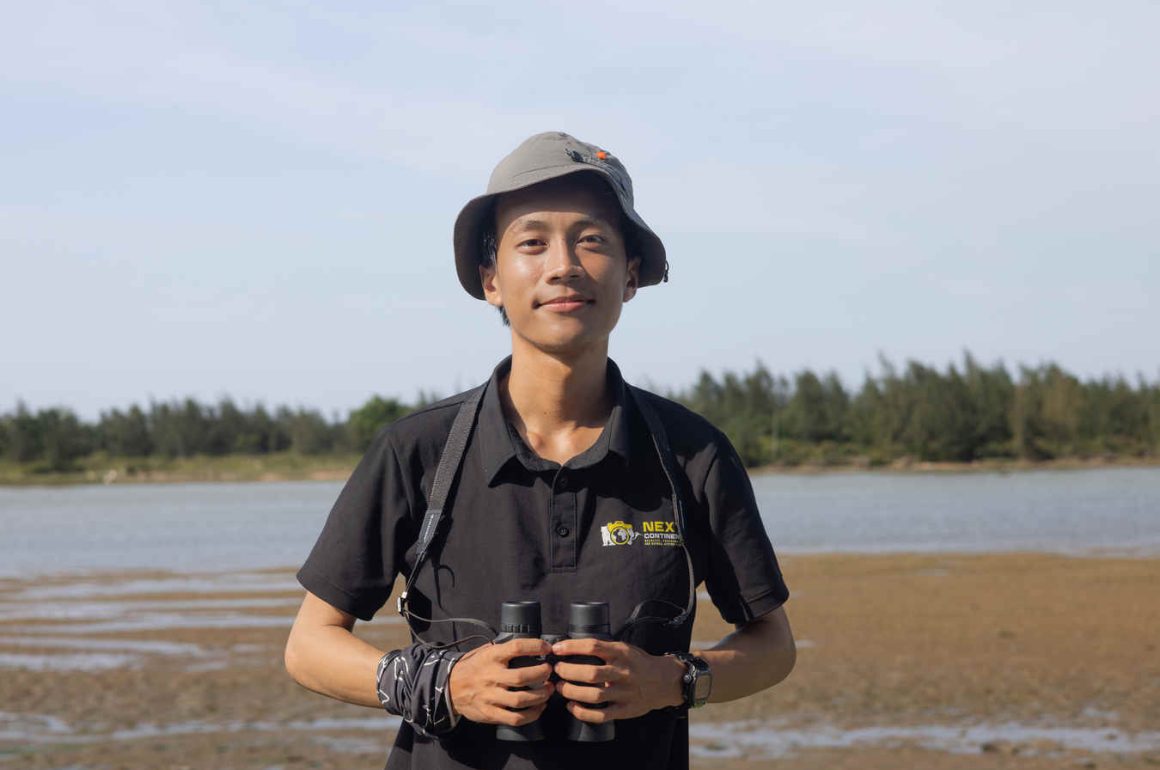
What is your favorite bird species?
My favourite species is the Barred Buttonquail. Have you ever seen small birds darting around, sometimes right next to you, but you still can’t see them? They live across Asia, but most people don’t pay much attention to them. And even though they’re called quail, they’re actually part of a different family.
Capturing a photo of this tiny species takes a lot of patience and attention. If you approach them, they’ll run away. You have to wait for them to come to you, and I like that challenge and reward. Their behaviour is also quite funny. The male and female often walk around together, almost like a happily married couple.
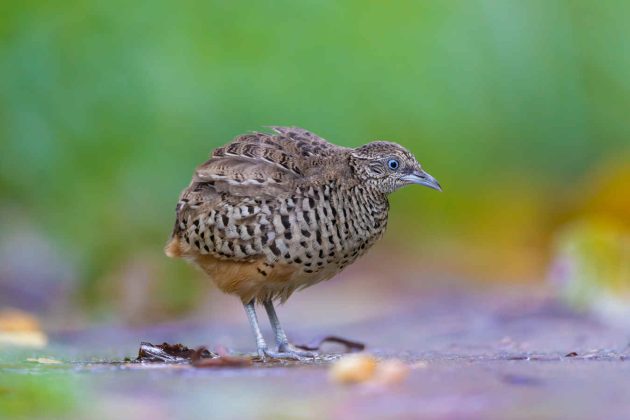
What is your name, and where do you live?
My name is Quy and I’m based in southern Vietnam. I work as a principal wildlife guide for Next Continent, specialising in birds and mammals throughout the country.
What are the main regions or locations you cover as a bird guide?
Currently, I guide wildlife trips throughout all regions of Vietnam, but most of my tours typically cover areas from southern Vietnam to the Central Highlands. Some key locations I often visit include Tram Chim National Park, the southern coastline, Cat Tien National Park, Dong Nai Nature Reserve, Can Gio Biosphere Reserve, Bidoup Nui Ba National Park, Da Lat City, Yok Don National Park, Mang Canh Forest, and Ngoc Linh Nature Reserve.
Collared Laughingthrush
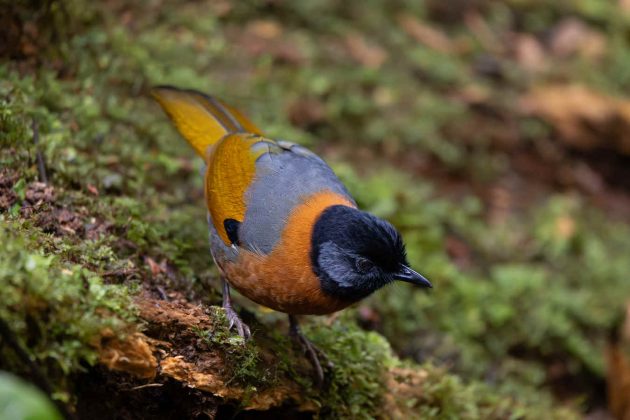
How long have you been a bird guide?
I’ve been working as a bird guide for five years. I started with local spots near Ho Chi Minh City, and over the years I’ve gradually expanded my range. Now I lead tours right across the country.
How did you get into bird guiding?
I have been passionate about nature since I was very young. By watching TV, I became fascinated with animals on international channels such as Nat Geo. Because of that, I immersed myself in them and spent my entire school years trying to learn and explore them. Particularly, all the big iconic species like lions, tigers, and elephants. But as I grew older, many barriers made it unclear what I could do to pursue my passion. Luckily, I found the University of Science, which had a Faculty of Ecology and Evolutionary Biology. I immersed myself in research there on amphibians, reptiles, fish, insects, and birds. However, there was not one on staff who had a distinct focus on mammals, so I shifted my focus to birds.
Once, around half a year into my studies, I was invited by a research group to join a project on shorebirds along the Mekong River coast. I observed, learned about, and studied their behaviour, and that is when I began to really find a passion for birding. I was happy watching them and discovering new species. After seeing many new species, I realised that I would never be able to fully understand a single bird species, because they have so many behaviours, distributions, and breeding biology; it was all very amazing to me. After some time starting research, and after around four tours of my own, I felt that being a guide could allow me to connect with my passion for mammals and for birding, something I had lost two years earlier during university. Now, I truly enjoy my life as a bird guide.
Oriental Scops-owl
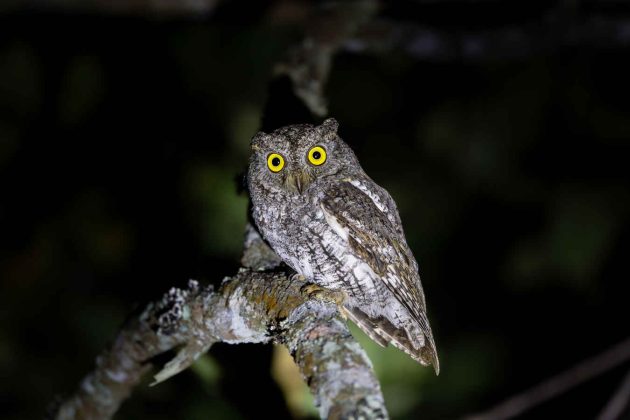
What are the aspects of being a bird guide that you like best? Which aspects do you dislike most?
I enjoy the moments when my guests spot a bird and exclaim, “Wow, that bird is stunning!” or sometimes, “Ahhhh, why is this endemic so ugly?” Each guest, with their own personality, makes me feel curious (and sometimes pressured!), but it ensures my job is never boring.
What I don’t like is that people still don’t fully understand the importance of ethical birdwatching and wildlife tours, particularly in Southeast Asia. In the past and even today, Vietnam used to hunt birds heavily, so nowadays birds are quite scarce due to hunting, illegal trapping, and habitat loss. That makes birdwatching difficult at times, and there are certain tricks that can make observation easier, but this is still not good in the long run. I want to be someone who helps improve this issue.
Orange-breasted Trogon
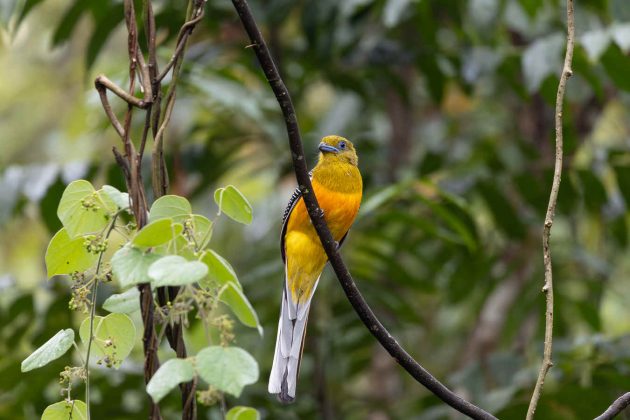
What are the top 5-10 birds in your region that are the most interesting for visiting birders?
In my experience, every guest of mine is deeply impressed by Vietnam’s endemic or colourful birds.
Collared Laughingthrush – not only an endemic species but also a truly stunning bird, almost like it carries a Halloween theme.
Pittas – they are something very special in Southeast Asia, especially in Vietnam. I would rank the Blue-winged Pitta and the Bar-bellied Pitta equally: the first is iconic for the rainy season, while the second represents the dry season.
Owls – always a highlight in birding. I often choose the Oriental Scops-owl. While not an endemic species, it is impressive and has helped me a lot on tours, since it might be the easiest owl to see.
Trogons – another excellent choice, especially the Orange-breasted Trogon, a stunning species with a smaller distribution in Vietnam compared to others.
Broadbills – definitely among the best. The Long-tailed Broadbill is a super cartoonish-looking bird, almost as if it is wearing a helmet on its head.
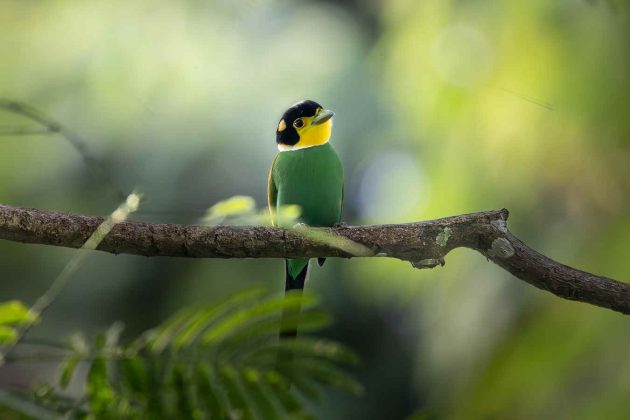
Can you outline at least one typical birdwatching trip in your area?
One of the best options for a typical birdwatching trip in my area is Cat Tien National Park, which is perfect for a 3-day program. The trip usually starts in Ho Chi Minh City, with about a 3-4-hour drive to reach the park. Cat Tien offers a wide variety of habitats, and in just three days of birding, it is possible to record around 100 bird species. In addition, visitors also have many chances to see other wildlife such as primates, ungulates, rare snakes, crocodiles, butterflies, and more.
Accommodation inside the park is comfortable, with air-conditioned rooms, hot water, and a restaurant serving a wide variety of food, including vegetarian options. Activities are diverse: a boat trip, jeep safari, and other services can easily be arranged, making the experience both convenient and always great for birders.
What other suggestions can you give to birders interested in your area?
The only important thing you need to consider when traveling in Vietnam is that you can choose any time of year to visit, because each season has its own highlights as well as disadvantages.
In the dry season, you will have to face the heat, with some places reaching up to 42°C. However, the advantage is that you will encounter many birds and will not be hindered by rain.
In the rainy season, from late April until the end of October, the weather is cooler and more pleasant, but birdwatching becomes more challenging and can be interrupted by rain. On the other hand, you will see many migratory species in their colorful plumage, the Blue-winged Pitta being a prime example. It is also an exciting time to observe many species raising their young, which adds even more interest.
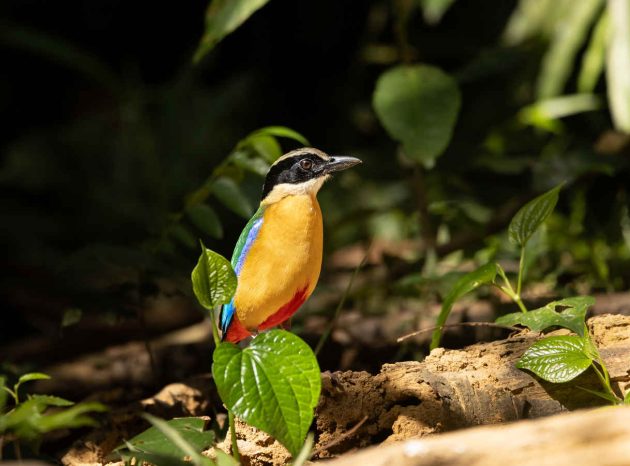
If any readers of 10,000 Birds are interested in birding with you, how can they best contact you?
Since I work with Next Continent, you can contact me by email at info@nextcontinent.travel or via WhatsApp: (+84) 328 955 019.


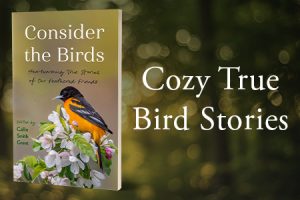



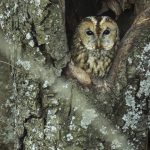
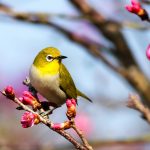


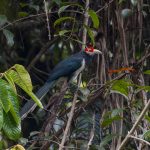
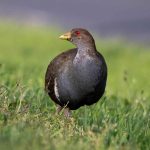
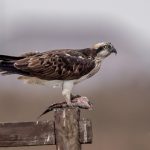
Why haven’t I been to Vietnam yet?
Vietnam has been on my agenda for a long time. Maybe we’ll see each other.